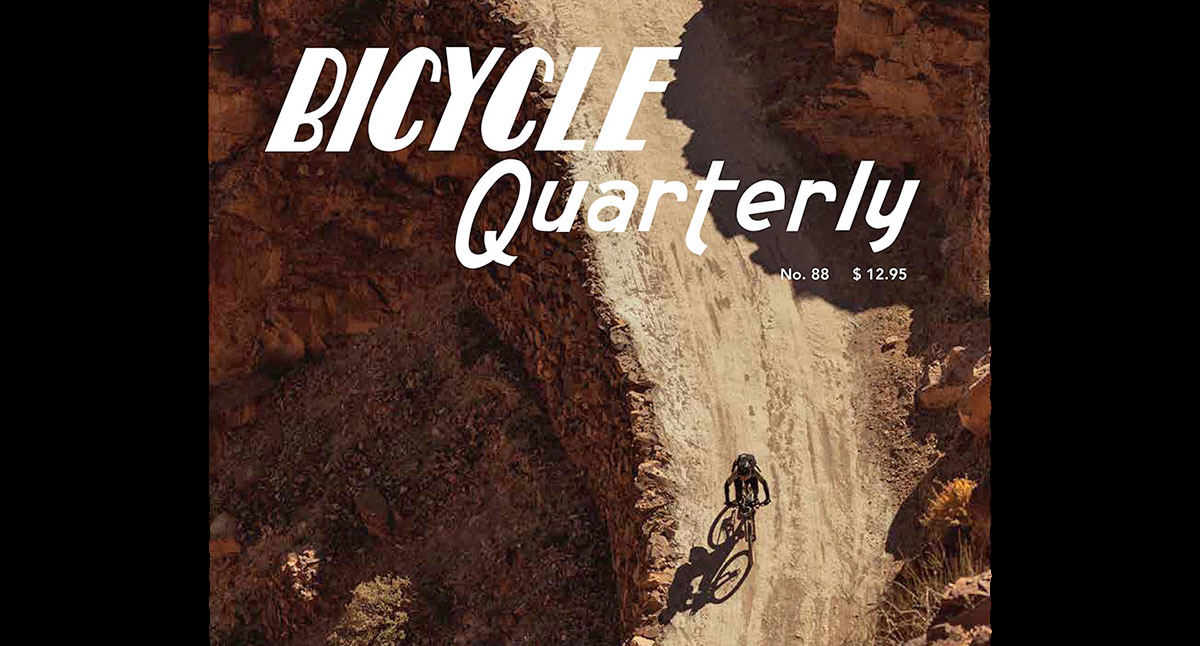“The most influential bike magazine you’ve never heard about.”
That’s how Marie Autrey characterized Bicycle Quarterly in a 2009 article in Bicycle Times. She was referring to our research and also our style of riding, predicting (correctly) that both would soon have a lasting impact on mainstream cycling.
Back then, our findings that wide tires could be as fast as narrow ones—if they were made with supple casings—were still a long way from being generally accepted. In fact, even the term ‘supple tire’ was something you’d rarely see outside Bicycle Quarterly. (Some readers made a sport of counting how many times the ‘supple tire’ appeared in each edition—all in good humor, of course.)
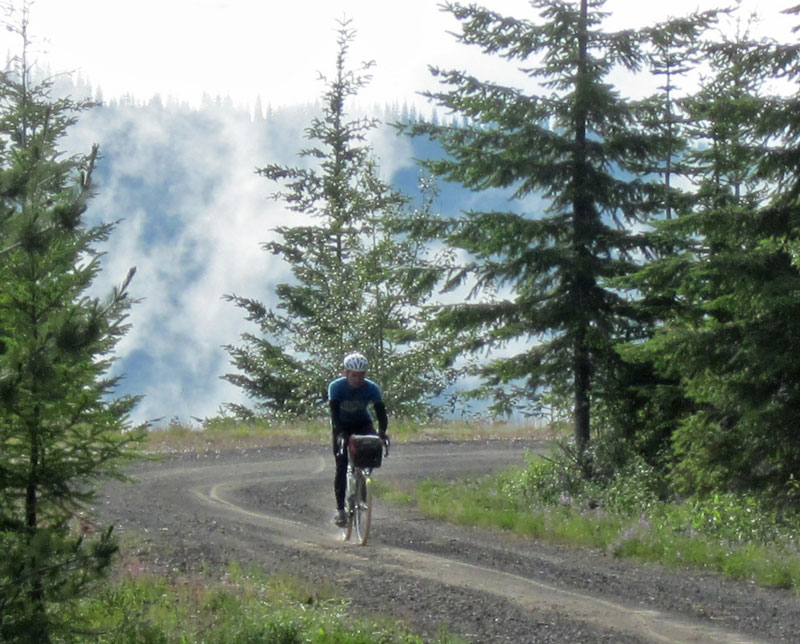
It wasn’t just the tech—the idea of mixed-surface riding was almost unknown. Road cyclists, handicapped by 23 mm tires, stayed on pavement. Mountain bikers rode on dirt, but avoided roads. ‘Gravel grinding,’ as it was called back then, was still in its infancy.
As we explored the forgotten mountain passes of the Cascade Mountains, our rides included equal measures of pavement and gravel. Our rides didn’t fit into any category. They required new bikes, new tires, and a new spirit. That’s why we coined the term ‘all-road bike’ for the bikes we were envisioning. And developed the first wide tires with supple casings. Like all young challengers of the status quo, we were not always well-liked by the cycling establishment.

Fast forward 16 years, and mainstream cycling has caught up. Many races now include gravel and pavement. The average speeds in events like Unbound and SBT GRVL show that our dream—bikes that can go as fast on gravel as they do on pavement—was not unrealistic. And the terms ‘supple tire’ and ‘all-road bike’ are now firmly embedded in the cycling lexicon.
It’s also fair to say that Bicycle Quarterly is no longer “the magazine you’ve never heard about.” Subscribers read the magazine on every continent except Antarctica. You’ll find BQ in independent grocery stores and at newsstands all over the West Coast and beyond.
That doesn’t mean that we’ve arrived, that there’s nothing left to research, nothing left to discover. Mainstream cycling news still focus on professional road racing, as if it were the only thing in cycling. (For one week in spring, they focus on Unbound as if it were the only time and place people ride off-pavement.) It’s great that professional road bikes now have wider tires than gravel bikes did in 2009, but the relentless focus on pro racing has real consequences for those of us who don’t put out 500 watts (and whose rides are often longer than a 4- to 5-hour Tour de France stage).
Most of all, there’s still so much we don’t know about how bikes work. (And we’re not talking about marginal aero gains from varying rim depths by 5 mm between front and rear…) That’s why we keep publishing Bicycle Quarterly, and why our readers renew year after year.
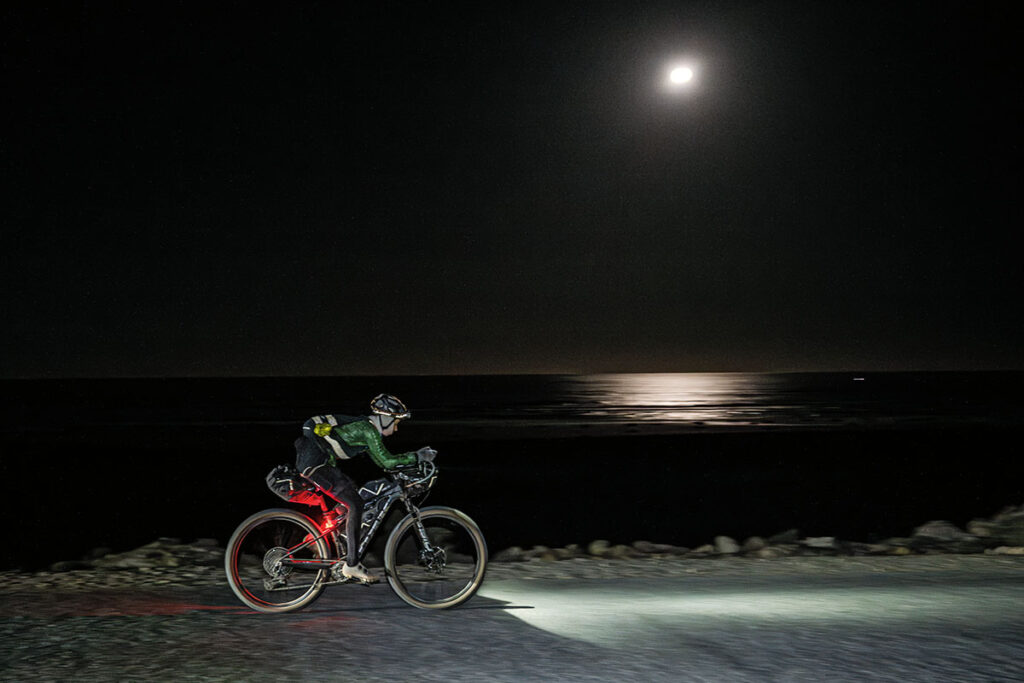
Take our Summer 2025 edition: Marei Moldenhauer writes about winning the Atlas Mountain Race. Her story is not about watts and aero, but about the beauty of riding through the Atlas Mountains during day and night. Marei reflects how cycling enabled her to overcome her fears and self-imposed limitations. And she shows a feep appreciation for the culture and people of the country she traversed. Add Nils Laegner and Stephen Shelesky’s amazing photos, and you’ve got a captivating story—one of the best I’ve read anywhere.
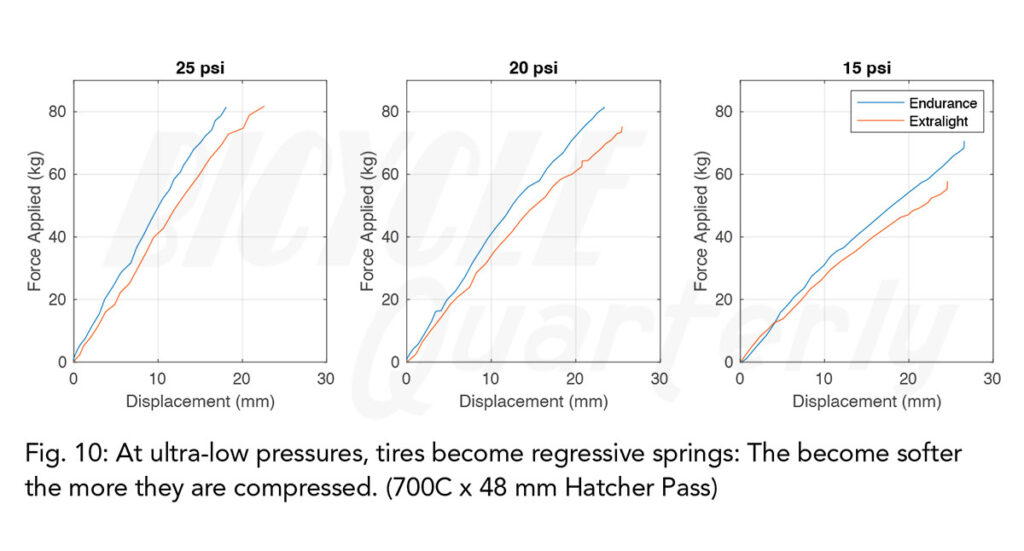
Adventures like Marei’s possible are possible by the research that has brought us where we are today. In the Summer BQ, we’re reporting on the first results of our collaboration with the engineering department at Cal Poly Pomona. We studied how tire width, casing construction, rim width and air pressure interact and affect how much a tire deflects. Research results like these allow riders to optimize their setup. Because without real data, tire pressure recommendations are just guesses.
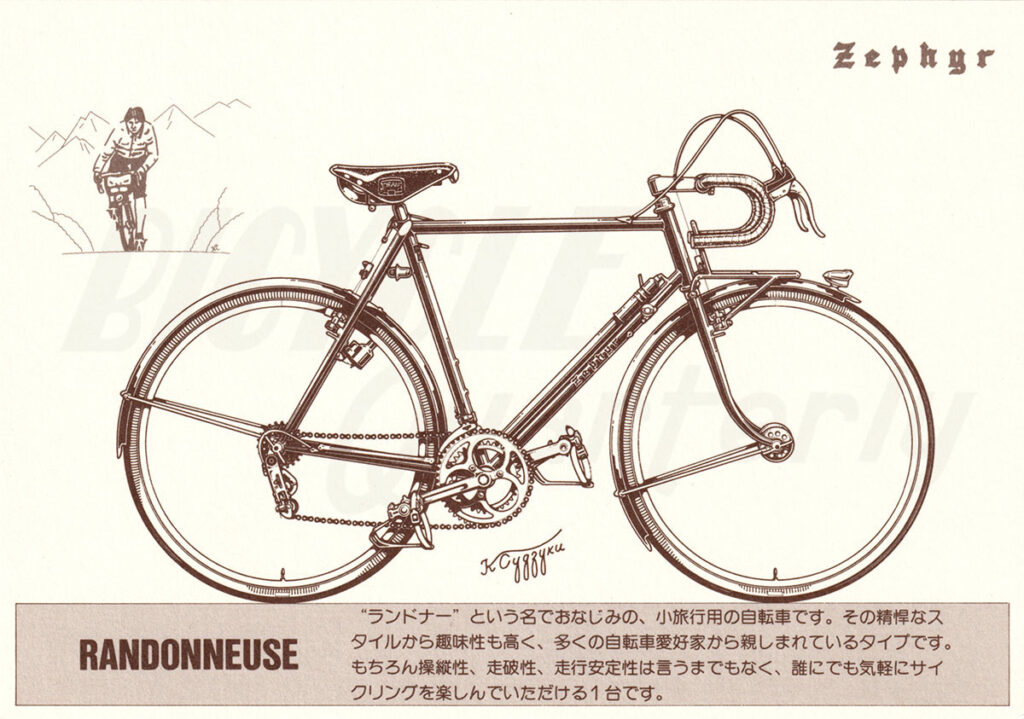
For a magazine that pushes the boundaries of cycling’s future, it may seem odd to include a focus on cycling history. And yet it’s completely natural. Mid-century cyclists were riding and racing on gravel—simply because most mountain roads were not yet paved. Some of the brightest minds worked on perfecting all-road and adventure bikes back then, applying the latest aircraft technology to bicycles. (René Herse worked on prototype aircraft before he started making bicycle components.)
Materials and production techniques may have changed, but human bodies are the same as they were then. There’s much to learn from those who explored (and raced on) gravel roads before us. And knowing what worked back then—and what didn’t—gives us a head start for today’s product development.
The stories of mid-century cyclists are also hugely inspiring and fun. Real-life stories are usually better than fiction—because they show us things we may not even imagine. (Like those supple, wide and ultra-fast tires mid-century randonneurs told me about.)
In the Summer edition, Heiko Strömer recounts the life and work of Daniel Rebour, the famous illustrator, editor and cyclist who chronicled (and shaped) mid-century cycling—and inspired others with his unique style. (Above a drawing from a Japanese catalogue.) His story brings many new discoveries and corrects some old myths about this important personality in the cycling world.
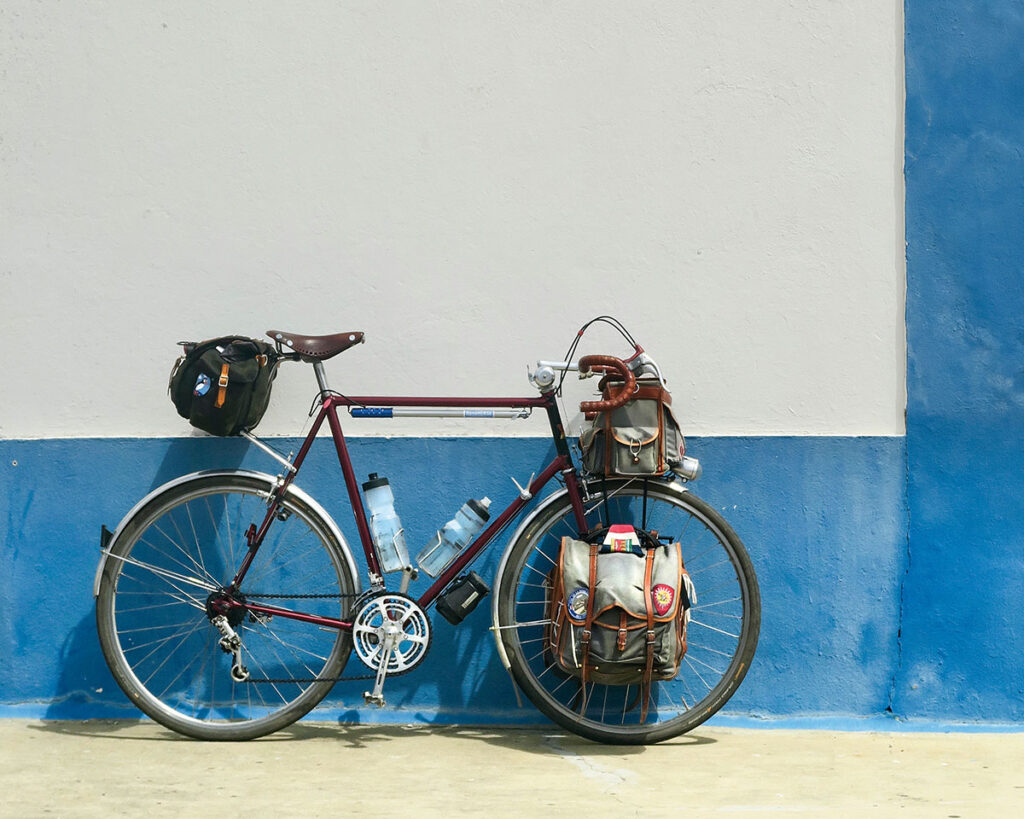
Gabriel Refait combined history with modern bikepacking, racing with touring: He took his beautiful 1970s Alex Singer to race the Desertus Bikus bikepacking race across Spain and Portugal. After finishing the race, he continued at a more leisurely pace all the way to northern Africa. His observations make for fascinating reading.
Bicycle Quarterly is known for its honest product reviews. We’ve always been financed by readers, not advertisers. There has never been any doubt whose interest we represent. This also means that if we like something, you know it’s really good. In this edition, we test a wool jersey designed for all-day comfort, insulated waterbottles and sunscreen that lasts through multi-day adventures.
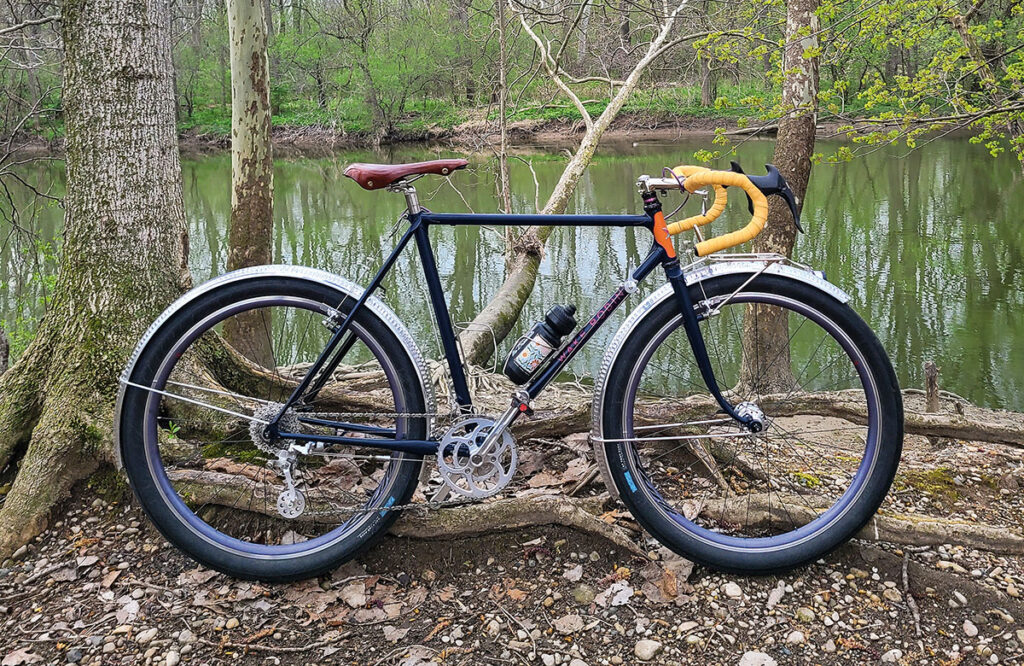
Small builders rarely get a mention in the mainstream media. (They don’t have money to buy advertisements.) Obviously, that’s not a concern for us. We love to team up with small builders to showcase their shops, techniques and projects. In the Summer edition, Dickson Bou of Wake Robin Cycles talks about the fat-tire rando bike he’s built for himself.
If all this makes you curious about ‘the most influential bike magazine you’ve never heard about,’ there are two easy ways to get your copy:
- Subscribe today and get the Summer Bicycle Quarterly with our next mailing, plus the next three editions as soon as they come off the press.
- Add a copy to your order from Rene Herse Cycles. (There is a prompt when you check out, and we’ll include it with your package.)
Either way, you’ll enjoy more than 100 pages of fascinating stories and award-winning photos that span the past, present and future of cycling. Because if we print a paper magazine in this digital age, it had better be special!


